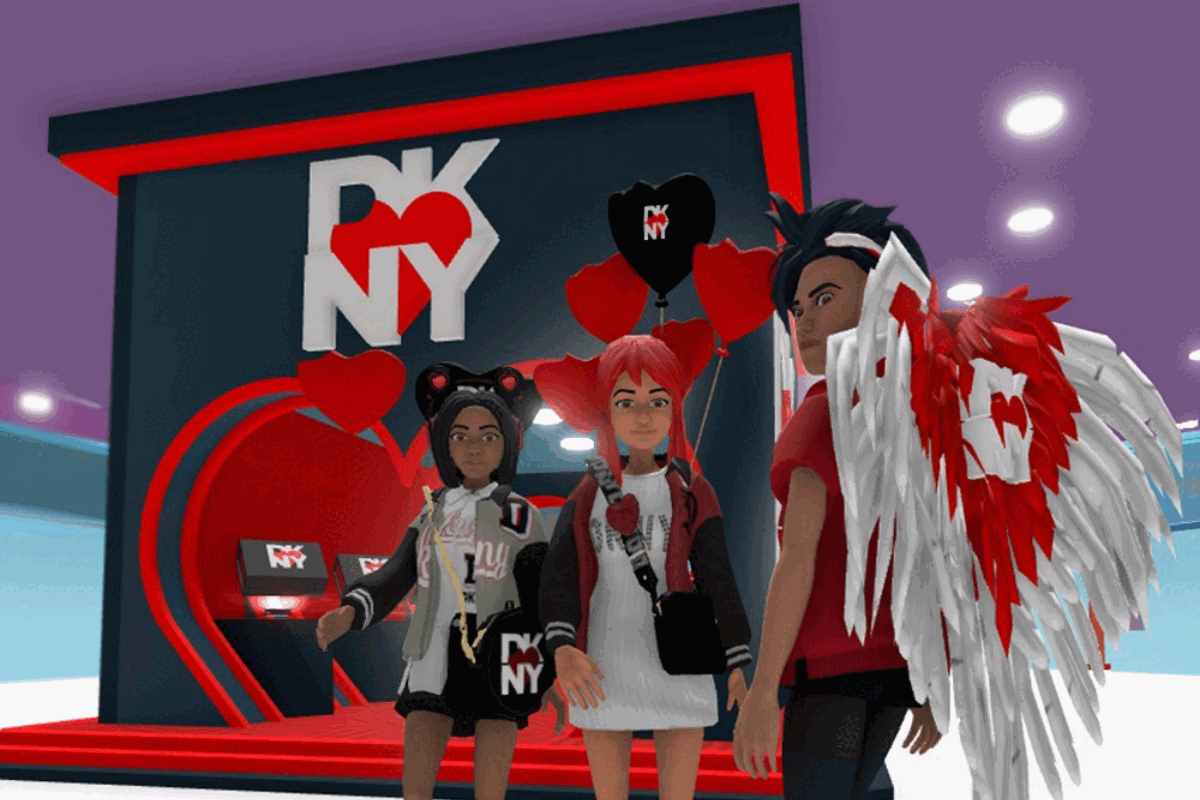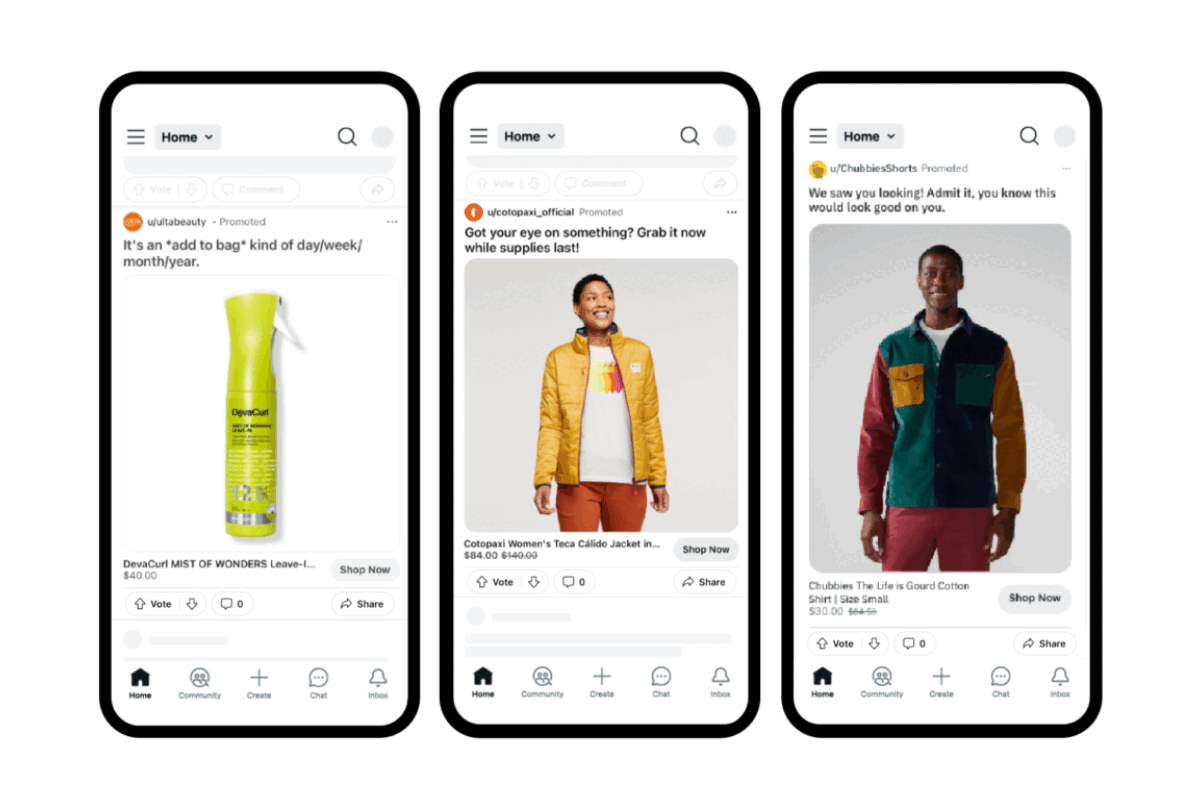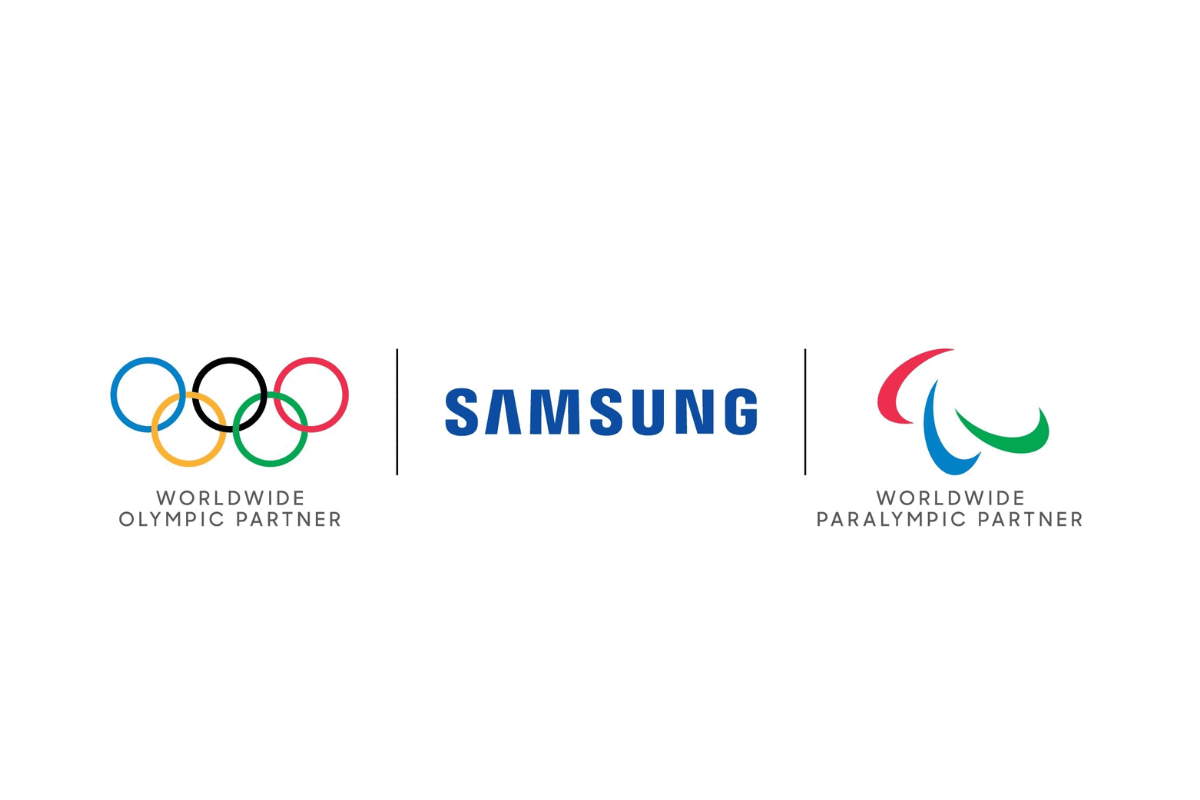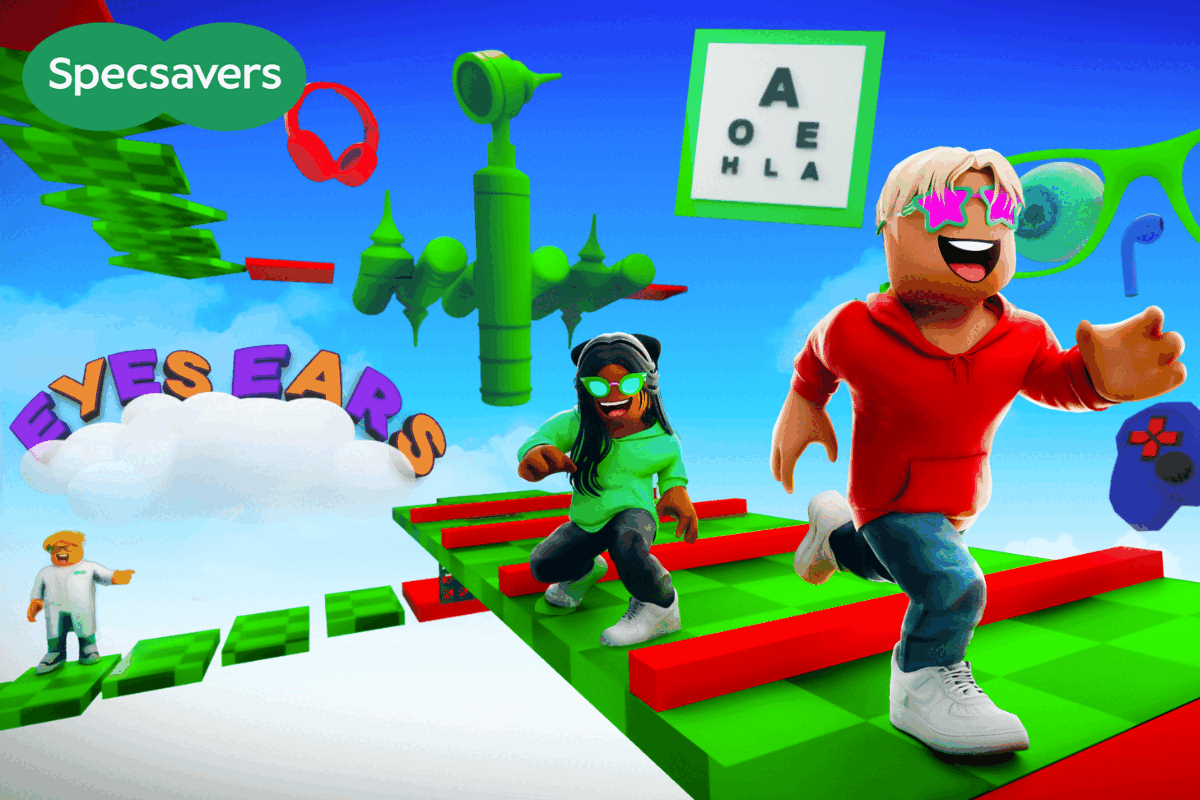Canadian researchers develop Pocketview tech to display alerts through clothing
- Wednesday, October 13th, 2021
- Share this article:
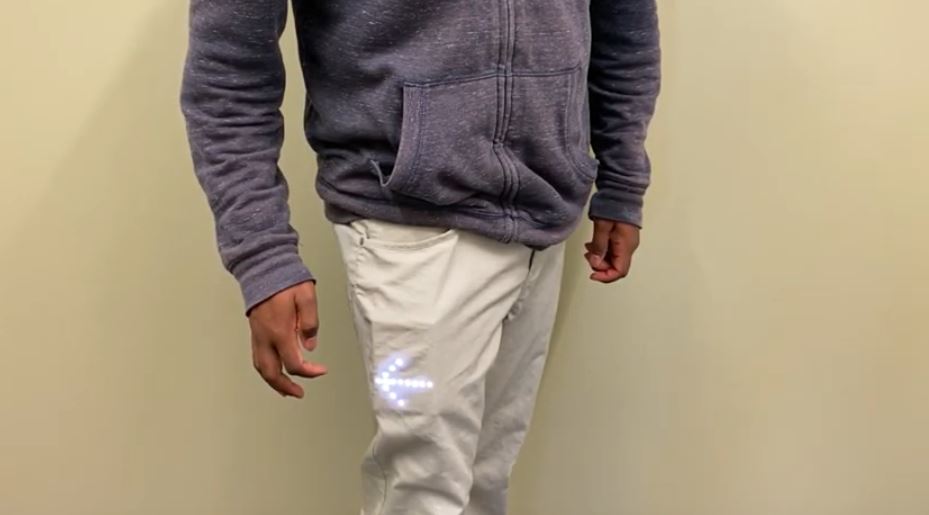 Researchers at the University of Waterloo in Ontario have developed an innovative display that shows information through clothes and other fabrics.
Researchers at the University of Waterloo in Ontario have developed an innovative display that shows information through clothes and other fabrics.
The technology, which the researchers have named PocketView, uses LED lights to display basic information. It can function as a standalone piece of tech or could be incorporated into existing or next-generation smart devices.
Researchers created prototypes that mimic smartphones, pens, key fobs and other shapes and sizes. The display shines through fabrics to show notifications for email or messages, time, weather or other forms of basic information.
“The idea is not to show all the information that you would normally see on your smartphone display,” said Antony Albert Raj Irudayaraj, a PhD Researcher with the Cheriton School of Computer Science at the University of Waterloo. “These are displays that show minimal information. That’s good enough if you’re walking or biking, for example, to show basic navigation instructions. Or let’s say you received a message and don’t want to divert attention from what you’re doing. You can peek at the display and see the notification.”
The display technology was developed by a team of researchers working in the field of human-computer interaction. One of their goals is to create devices that regular people want and need, so the team conducted a mass public survey that informed the design for the prototypes.
“Some of the survey results challenged us to rethink the size, shape and functionality for the displays,” said Nikhita Joshi, also a PhD Researcher in Computer Science at Waterloo. “The different sizes are important, because so much women’s clothing has tiny pockets. A phone in the front pocket can be uncomfortable. So having something small just gives people way more options. We created a whole variety of form-factors that would also be suitable for smaller pockets that are common in women’s clothing.”
Because the display devices can take various shapes and sizes, they have the versatility to be worn and used in any piece of clothing that has a pocket. Another key point of the new display technology is that it is relatively inexpensive and could easily and quickly be rolled out at large scale. The prototypes are also Bluetooth-enabled, enabling them to sync with existing devices.
Although currently working with stand-alone prototypes, the researchers say the next generation of these kinds of LED displays could easily be incorporated into existing devices. And whereas other research in wearable displays focuses on creating new high-tech fabrics, the utility of PocketView means that it works with clothes people already have.
“Obviously, we’re focused on the tech and programming side of the invention,” said Daniel Vogel, an Associate Professor of Computer Science at Waterloo. “But even just as a fashion accessory, it’s something people told us they want. People could use it at clubs or in sports or in so many other ways. It’s such a simple thing but also such a radical idea that has so much potential.”
Irudayaraj, Joshi and Vogel will present their research study, “PocketView: through-fabric information displays,” along with co-researchers Rishav Agarwal, Aakar Gupta and Omid Abari, at the 2021 ACM symposium on user interface software and technology being held from 10-14 October.




